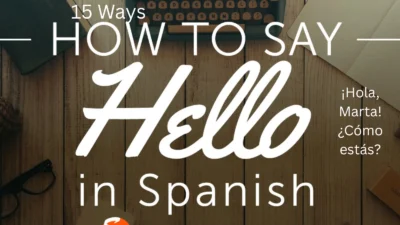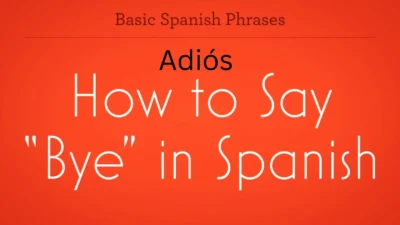Learning 15 ways how to say have a good day in Spanish will help you end conversations on a positive and friendly note. Whether you’re speaking with friends, coworkers, customers, or strangers, using the right phrase shows warmth, politeness, and cultural understanding.
Spanish offers several expressions for wishing someone a good day, ranging from casual everyday phrases to more formal and respectful greetings.
In this guide, you’ll discover 15 ways how to say have a good day in Spanish, along with examples so you can choose the perfect phrase for any situation. By mastering these phrases, you’ll make your farewells sound more natural and heartfelt. Plus, you’ll be able to adapt your expressions to fit any level of formality or relationship.
15 Ways How to Say Have a good day in Spanish With Examples
Let’s explore 15 different ways to say Have a good day in Spanish, complete with conversations and cultural notes, so you can sound both natural and thoughtful.
15 Ways to Say “Have a Good Day” in Spanish
| # | Spanish Phrase | Meaning in English | Usage |
|---|---|---|---|
| 1 | Que tengas un buen día | Have a good day | Casual, friends, everyday use |
| 2 | Que tenga un buen día | Have a good day | Formal tone |
| 3 | Buen día | Good day | Short, friendly, common |
| 4 | Que tengas un gran día | Have a great day | Warm, positive tone |
| 5 | Que tengas un día bonito | Have a beautiful day | Sweet and kind |
| 6 | Que tengas un día increíble | Have an amazing day | Enthusiastic tone |
| 7 | Que tengas un excelente día | Have an excellent day | Polite & uplifting |
| 8 | Que tengas un día maravilloso | Have a wonderful day | Very positive tone |
| 9 | Que todo te vaya bien hoy | Hope everything goes well today | Encouraging tone |
| 10 | Que disfrutes tu día | Enjoy your day | Friendly and casual |
| 11 | Que tengas un día lleno de alegría | Have a day full of joy | Sweet and heartfelt |
| 12 | Espero que tengas un día genial | I hope you have a great day | Texting & casual speech |
| 13 | Que Dios te bendiga hoy | God bless your day | Religious/family context |
| 14 | Te deseo un bonito día | I wish you a nice day | Polite writing tone |
| 15 | Pásalo bien hoy | Have a good one / Have fun today | Informal & friendly |
1. Que tengas un buen día (Informal)
Origin:
A direct and popular translation used in casual, everyday conversations.
Example:
👤 User A: Gracias por tu ayuda.
👤 User B: ¡De nada! Que tengas un buen día.
Use: With friends, classmates, or people your age.
2. Que tenga un buen día (Formal)
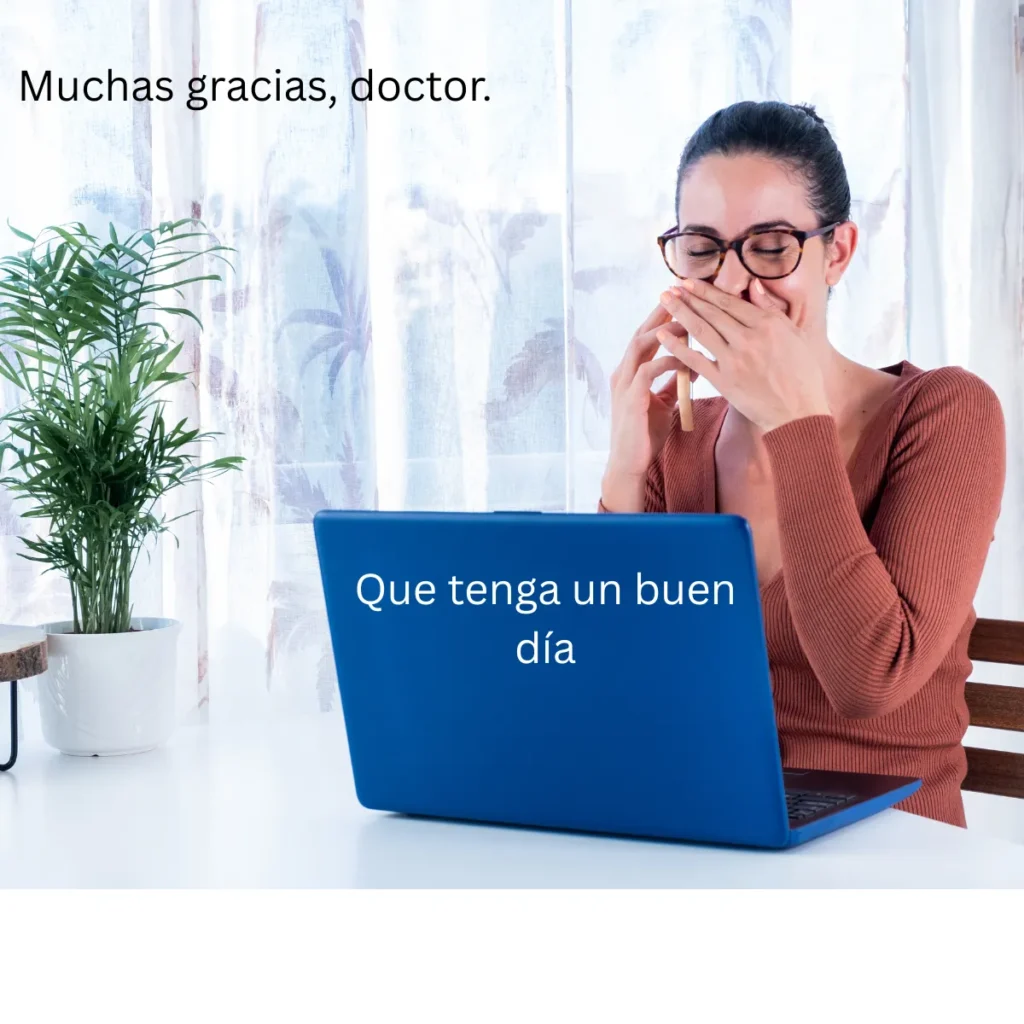
Origin:
The formal version of the phrase using usted conjugation. Used in Latin America and Spain when showing respect.
Example:
👤 User A: Muchas gracias, doctor.
👤 User B: Con gusto. Que tenga un buen día.
Use: In professional, respectful, or service-based interactions.
3. Feliz día
Origin:
Literally means “Happy day.” Common in Colombia, Mexico, and other Latin American countries as a quick and cheerful farewell.
Example:
👤 User A: Me voy al trabajo.
👤 User B: ¡Feliz día!
Use: Casual and warm; often said to friends or coworkers.
4. Buen día
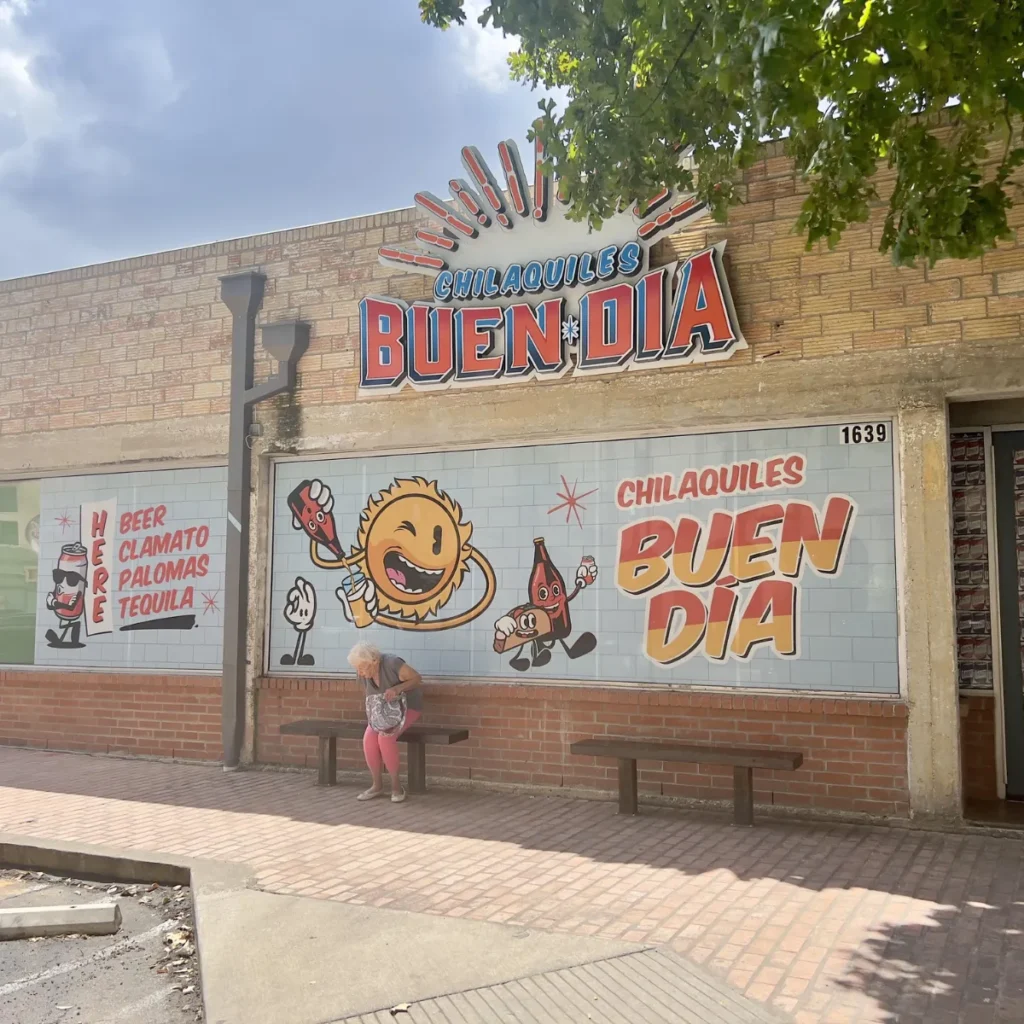
Origin:
A short version of “que tengas un buen día.” Widely used in Argentina and Uruguay.
Example:
👤 User A: Hasta luego.
👤 User B: ¡Buen día!
Use: Common in Southern Cone countries; neutral tone.
5. Que pases un buen día
Origin:
A friendly variation that translates to “Hope you spend a good day.”
Example:
👤 User A: Nos vemos mañana.
👤 User B: ¡Que pases un buen día!
Use: Informal to semi-formal; widely understood.
6. Que le vaya bien
Origin:
Literally “May it go well for you.” A very common farewell in Latin America, especially Mexico.
Example:
👤 User A: Me retiro, gracias.
👤 User B: ¡Que le vaya bien!
Use: Formal or neutral. Used in shops, taxis, or services.
7. Que te vaya bien
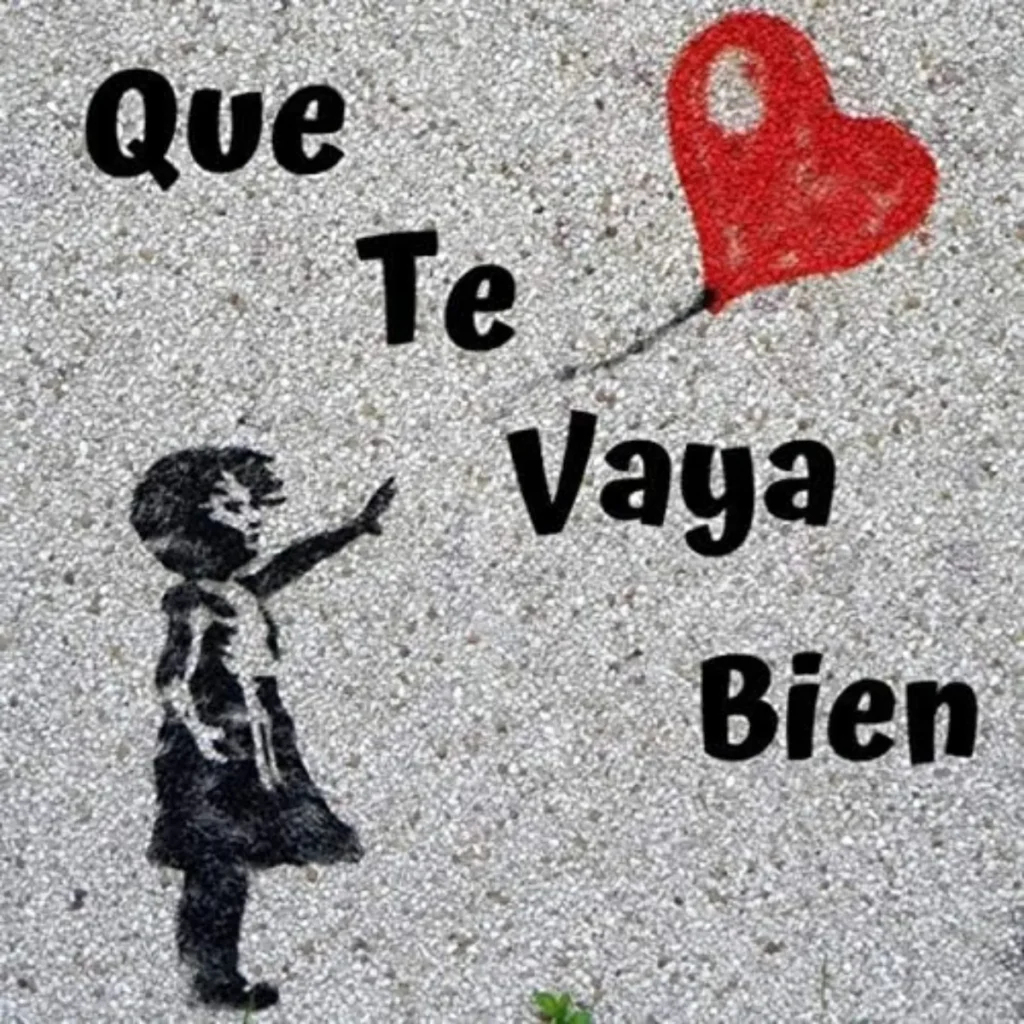
Origin:
Informal version of the above. It’s versatile and positive.
Example:
👤 User A: Me voy a casa.
👤 User B: ¡Que te vaya bien!
Use: Casual setting; friends or peers.
8. Disfruta tu día
Origin:
Means “Enjoy your day.” Friendly and uplifting.
Example:
👤 User A: Terminé el trabajo temprano.
👤 User B: ¡Genial! Disfruta tu día.
Use: Informal, warm tone; suitable for texting or friendly chat.
9. Que tengas un lindo día
Origin:
“Lindo” means “lovely” or “nice.” This version is popular in countries like Argentina, Chile, and Peru.
Example:
👤 User A: Me voy al parque.
👤 User B: ¡Que tengas un lindo día!
Use: Friendly and caring, often used with women or close friends.
10. Que tengas un hermoso día

Origin:
A more affectionate form—“hermoso” means “beautiful.” Often heard in romantic or close contexts.
Example:
👤 User A: Te llamo más tarde.
👤 User B: ¡Claro! Que tengas un hermoso día.
Use: Romantic or tender tone.
11. Que disfrutes tu día
Origin:
Another version of “Enjoy your day,” slightly more elegant.
Example:
👤 User A: Hoy estoy libre.
👤 User B: ¡Perfecto! Que disfrutes tu día.
Use: Informal or semi-formal; often seen in written messages.
12. Pasa un buen día
Origin:
A simplified variation of “que pases un buen día.” Common in Spain.
Example:
👤 User A: Adiós, Marta.
👤 User B: ¡Pasa un buen día!
Use: Friendly and conversational.
13. Que tengas un excelente día
Origin:
Using “excelente” adds extra positivity and encouragement.
Example:
👤 User A: Hoy tengo una entrevista.
👤 User B: ¡Mucha suerte! Que tengas un excelente día.
Use: Formal or motivational tone.
14. Cuídate y que tengas buen día
Origin:
Means “Take care and have a good day.” Combines well-wishing with care.
Example:
👤 User A: Me voy al hospital.
👤 User B: ¡Cuídate y que tengas buen día!
Use: Thoughtful and empathetic.
15. Espero que tengas un buen día
Origin:
Literally “I hope you have a good day.” More intentional and heartfelt.
Example:
👤 User A: Estoy un poco nervioso hoy.
👤 User B: Ánimo. Espero que tengas un buen día.
Use: Supportive tone; often used when someone needs encouragement.
FAQs
1. What is the most common way to say “Have a good day” in Spanish?
The most common phrase is “Que tengas un buen día.”
2. How do I say it formally?
Use “Que tenga un buen día.” when speaking to elders, teachers, or strangers.
3. How do I say “Have a great day”?
You can say “Que tengas un gran día.”
4. Can I use this phrase in text messages?
Yes, simply write “Buen día!” or “Que tengas un buen día 😊”.
5. How do I say “Have a nice afternoon” in Spanish?
Say “Que tengas una buena tarde.”
6. How do I say “Have a nice evening” in Spanish?
You can say “Que tengas una buena noche.”
7. Can I add a friendly tone to make it cute?
Yes, you can say “Que tengas un día hermoso 💛” (Have a beautiful day).
8. How do I say it in plural, like to a group of people?
Say “Que tengan un buen día.”
9. What’s a super short and casual version?
Just say “Buen día!”
10. How do I say “Wishing you a good day” politely in writing (email)?
Use “Le deseo que tenga un buen día.”
Conclusion:
Mastering 15 ways how to say have a good day in Spanish will help you end conversations with kindness, positivity, and cultural awareness. Whether you choose a casual phrase for friends or a polite expression for formal situations, your words can leave a lasting, uplifting impression.
By practicing these greetings regularly, you’ll sound more fluent and confident while making your interactions warmer and more personal. Remember — a heartfelt have a good day in Spanish can brighten someone’s mood and strengthen your connection.

